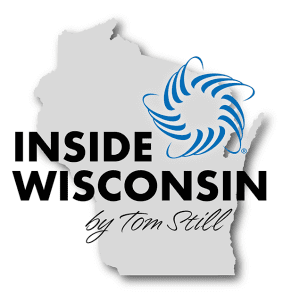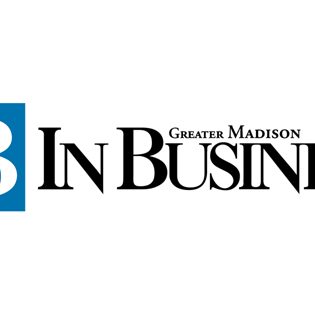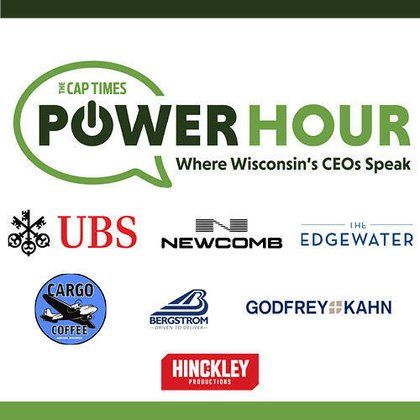By Tom Still
 MADISON, Wis. – If you’ve lived in Wisconsin long enough, you’ve likely heard the complaint. “Sure, the University of Wisconsin does some gee-whiz research, but unless you’re an endangered snake in South America or a bleached coral reef in the South Pacific, how does it bring jobs, wealth and a better life back home to people in the Badger state?”
MADISON, Wis. – If you’ve lived in Wisconsin long enough, you’ve likely heard the complaint. “Sure, the University of Wisconsin does some gee-whiz research, but unless you’re an endangered snake in South America or a bleached coral reef in the South Pacific, how does it bring jobs, wealth and a better life back home to people in the Badger state?”
With all due respect to those who study snakes and coral reefs, answers to that perennial question are in the making. One recent example is the $3.3 billion Microsoft data center plan, which has tapped the knowledge of computer scientists at the UW-Madison and UW-Milwaukee and will continue to do so.
Also on the horizon is the promising work of WARF Therapeutics, which is taking a unique-to-Wisconsin approach to anchoring an emerging medical industry within a 100-mile radius of the State Capitol. The benefits to Wisconsin and patients, here and elsewhere, are potentially immense.
WARF Therapeutics’ portfolio includes innovations tied to “theranostics,” a term for delivery of radioactive drugs that can be diagnostic and therapeutic in the same dose. In short, it’s about pinpoint targeting of potentially malignant cells for both diagnosis with one drug and destruction with another.
WARF Therapeutics was launched in early 2019 with a $50-million investment by the Wisconsin Alumni Research Foundation, a private non-profit group organized nearly a century ago to help UW professors patent and license their most marketable discoveries. There have been successes over time – vitamins to combat rickets and more, medicine to prevent drug clots, micro-processing breakthroughs and farming innovations, to name a few – but the time had come to invest in a risk that could re-energize WARF’s role of supporting the university while tangibly helping the state.
Chief executive officer Erik Iverson and the WARF board opted to establish a lean but market-tested group to build a portfolio of the best “disease biology” ideas on campus, to test possible drug compounds rigorously with help from other experts, and to prepare the best of those compounds for serious private investment, full-bore clinical testing, specialized production and structured delivery to patients – all close to home.
That soup-to-nuts approach has worked in other places, but it requires an aggressive approach to spotting and developing the most promising compounds, navigating the regulatory and clinical channels that make them attractive to development partners, and building a production infrastructure to support it.
It began with the hiring of Jon Young, a “drug hunter” with 25 years of experience in the pharmaceutical industry. He was drawn to WARF by the chance to quickly bridge the gap between campus research and results that add to human health as well as the bottom line.
Young set about building an advisory board which also knew how to get things done in the sometimes sluggish pharma world, including leaders with deep experience at Celgene, Merck, Third Rock Ventures, Regulus, Eli Lilly, AstraZeneca and LifeMine Therapeutics.
The process also involves working with world-class clinical testing facilities on drug safety and efficacy. It was announced May 15 that WARF, UW Health and the UW School of Medicine have created the Initiative for Theranostics and Particle Therapy, which will advance treatment of patients at the Carbone Cancer Center. It should lead to more clinical trials taking place in Wisconsin.
Related is the work of SHINE Technologies and NorthStar Radioisotopes, both in Rock County, and GE Healthcare in Waukesha, which have the capabilities to produce the kind of radioactive “carriers” to get such drugs to patients quickly, safely and in personalized amounts.
A leading candidate in the WARF Therapeutics portfolio is called WT-7695, which mouse models indicate can deliver eight times more radiation to live tumors with greater efficacy and retention than current drugs. It is drawing industry and investor attention.
Work taking place at WARF Therapeutics is a big part of why Wisconsin is being considered for a medical “tech hub” designation by the federal government, which could put more resources into play. Wisconsin has all the world-class ingredients to build such a hub – and to answer the question sometimes asked on Main Street or inside the State Capitol: “What’s all that research doing for us?”
Still is president of the Wisconsin Technology Council. He can be reached at news@wisconsintechnologycouncil.com.





